Have you ever wondered why hummingbirds are so fascinated by red flowers? It might surprise you to know these tiny creatures are naturally drawn to anything red, from flowers to even car taillights! Understanding this innate attraction can be the first step in transforming your garden into a thriving haven for hummingbirds and butterflies. Let’s explore proven ways to make that dream a reality with practical hummingbird garden tips and butterfly garden ideas.
Key Takeaways
- Red, tubular flowers naturally attract hummingbirds.
- Native plants like honeysuckle and trumpet creeper provide essential nectar and shelter.
- Homemade nectar (1:4 sugar to water) is a safe feeding option.
- Keep feeders clean using hot water and mild vinegar or bleach solution.
- Strategic feeder placement takes advantage of hummingbirds’ spatial memory.
- Open space and partial shade with a variety of flowering plants create a hospitable environment.
Understand the Importance of Native Plants
Understanding the role of native plants is crucial when it comes to attracting pollinators like hummingbirds and butterflies. These plants provide a reliable source of nectar and habitat, tailored to the needs of local pollinators. By integrating native plants into your garden, you not only decrease maintenance but also contribute to a thriving ecosystem.
Why Native Plants Matter
Native plants are inherently adapted to local environmental conditions, which makes them low-maintenance options for gardeners. They offer the essential nectar that pollinators like hummingbirds and butterflies rely on. Moreover, these plants create a habitat that encourages pollinator diversity, fostering a balanced ecosystem.
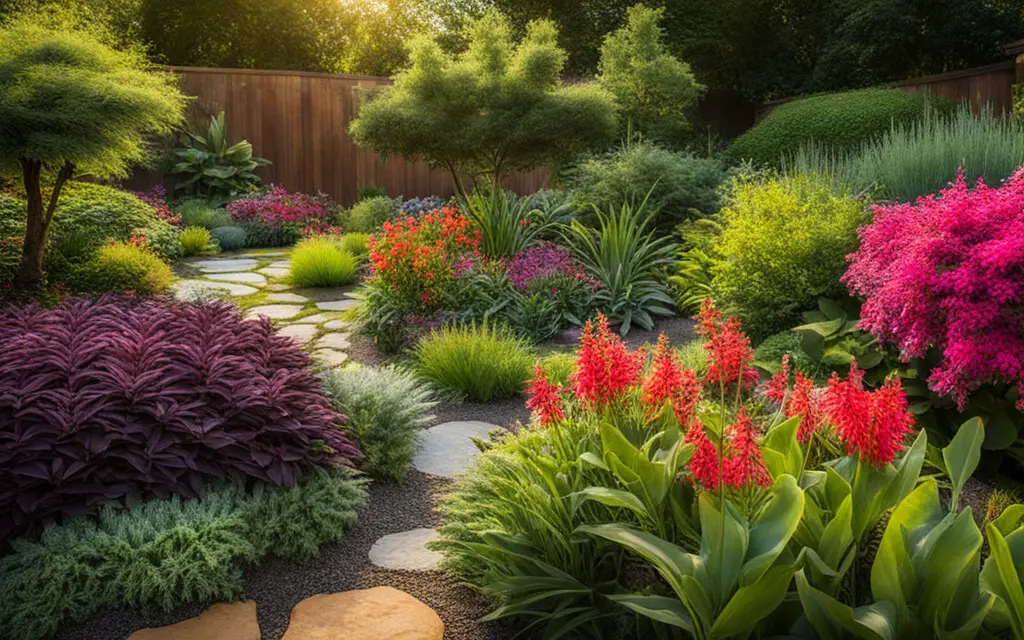
Examples of Native Plants for Pollinators
For attracting pollinators like hummingbirds, consider planting tube-shaped red and orange flowers such as honeysuckle or trumpet creeper. These flowers specifically cater to the needs of hummingbirds. Additionally, plants like goldenrod and milkweed are excellent for butterflies, providing the nectar and surfaces they need for feeding and nesting. Consulting with local native plant nurseries can help you select the best options for your region, ensuring the success of your garden in attracting and creating a habitat for hummingbirds and other pollinators.
| Pollinator | Preferred Native Plants | Benefits |
|---|---|---|
| Hummingbirds | Honeysuckle, Trumpet Creeper | Tube-shaped flowers with high nectar content |
| Butterflies | Goldenrod, Milkweed | Nectar-rich with surfaces for puddling behavior |
Plant a Variety of Flowers
In order to attract both hummingbirds and butterflies to your garden, it’s essential to plant a variety of flowers. A diverse selection ensures a broader range of nectar sources, catering to the needs of these pollinators. By understanding their preferences, you can create a robust and appealing garden.
Colorful Flowers for Hummingbirds
Hummingbirds are particularly drawn to scentless, vivid, and tubular flowers that facilitate hovering and easy nectar access. Red, orange, and blue flowers are especially appealing to them. Some popular hummingbird-friendly plants include Fuchsia, bee balm, lupine, and phlox.
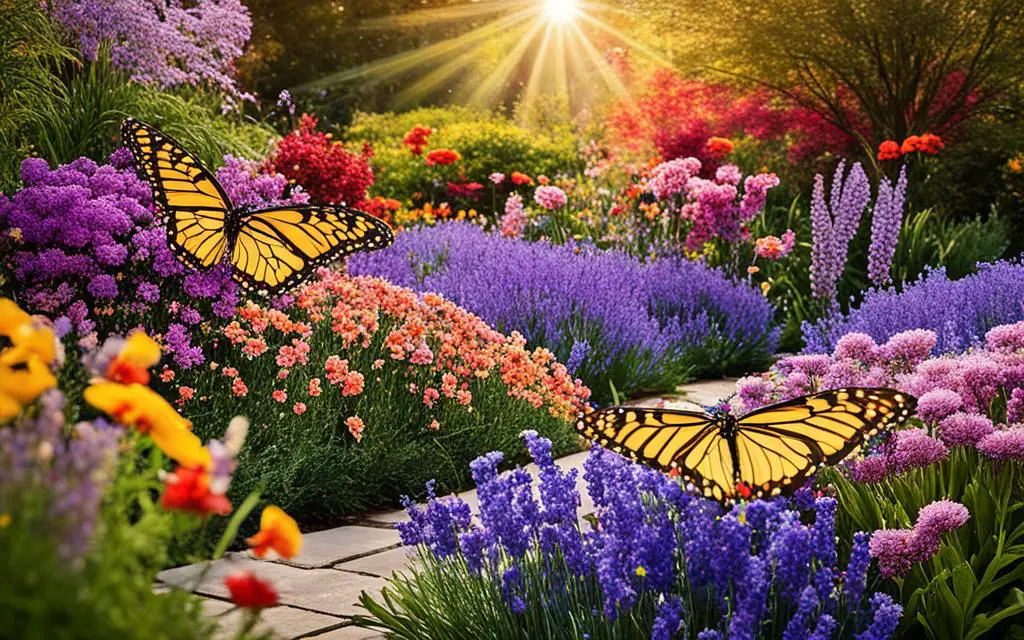
Diverse Blooms for Butterflies
Butterflies benefit from a variety of flowering plants that provide continuous food availability, ensuring they have sustenance from spring through fall. To attract butterflies naturally, consider planting flowers for butterflies such as columbine, coralbells, and red-hot poker. While choosing plants, incorporating perennials like these ensures a sustainable habitat for butterflies over the long term.
To provide visual contrast and stimulate thoughtful garden planning, consider this comparative table of flowers:
| Feature | Hummingbird-Friendly Plants | Flowers for Butterflies |
|---|---|---|
| Best Colors | Red, Orange, Blue | Yellow, Pink, Purple |
| Preferred Flowers | Fuchsia, Bee Balm, Lupine, Phlox | Columbine, Coralbells, Red-Hot Poker |
| Planting Season | Spring to Early Summer | Spring to Late Summer |
Offer Nectar-Rich Flowers and Plants
When aiming to attract and provide sustenance for hummingbirds and butterflies, it’s essential to include a variety of nectar-rich flowers and plants in your garden. A well-curated selection of these plants can create a haven for these beautiful pollinators, ensuring they have ample food sources throughout the seasons.
Top Nectar Plants for Hummingbirds
Hummingbirds are drawn to vibrant flowers that offer substantial nectar. Some of the best choices include bee balm and Fuchsia, which not only provide nectar but also enhance the garden’s aesthetic appeal. Other recommended plants are cape honeysuckle and desert willow, known for their ability to attract pollinators and support hummingbird activity.
Nectar Sources for Butterflies
Butterflies rely on nectar for energy, which makes plants like lupine and hollyhock vital for a butterfly-friendly garden. Including diverse nectar-rich flowers ensures that butterflies have access to the necessary sustenance throughout their lifecycle. Understanding how to attract pollinators involves planting a variety of blooms that cater to different butterfly species, enhancing your garden’s biodiversity.
By incorporating a mix of nectar-rich flowers, you can effectively provide butterfly food sources and create a dynamic environment that supports both hummingbirds and butterflies. Companion planting with staggered bloom cycles ensures a continuous supply of nectar, thus sustaining these pollinators through the growing seasons.
Use Hummingbird Feeders
One effective way to attract hummingbirds and butterflies to your garden is by using hummingbird feeders filled with homemade nectar. By preparing a simple sugar-water mixture at home, you provide a safe and attractive food source for these fascinating creatures.
How to Make Homemade Nectar
To create homemade nectar for hummingbird feeders, start by mixing one part white sugar with four parts water. Bring this mixture to a boil for two minutes to eliminate any impurities and ensure an even distribution of sugar. Once the nectar has cooled, fill your bright-colored feeders. It’s crucial to avoid adding any red dye or food coloring, as these additives can be harmful to hummingbirds’ health.
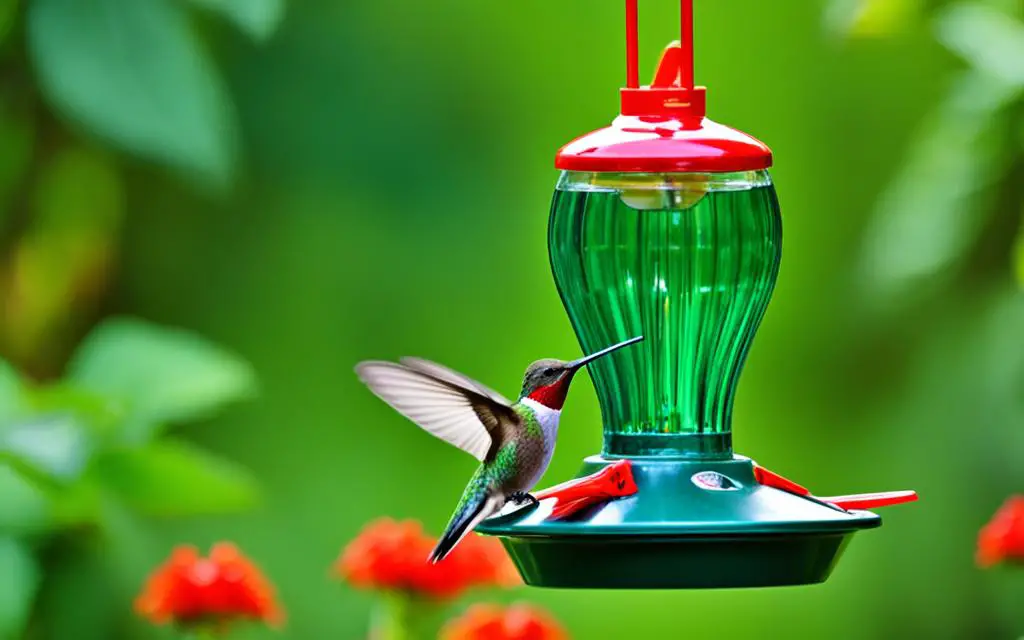
Keep Feeders Clean
Regular cleaning of your hummingbird feeders is essential to maintain a healthy feeding environment. I recommend cleaning the feeders every three days to a week, depending on weather conditions and feeder usage. A solution of vinegar and water is excellent for removing residue and preventing mold growth. Ensuring your feeders are consistently clean helps maintain a nutritious and appealing hummingbird food source, benefiting both hummingbirds and butterflies.
Create Puddling Stations for Butterflies
Crafting butterfly puddling stations is a delightful way to attract butterflies naturally into your garden. These stations provide necessary minerals and moisture that butterflies need for their daily activities, ensuring they thrive in your butterfly garden.
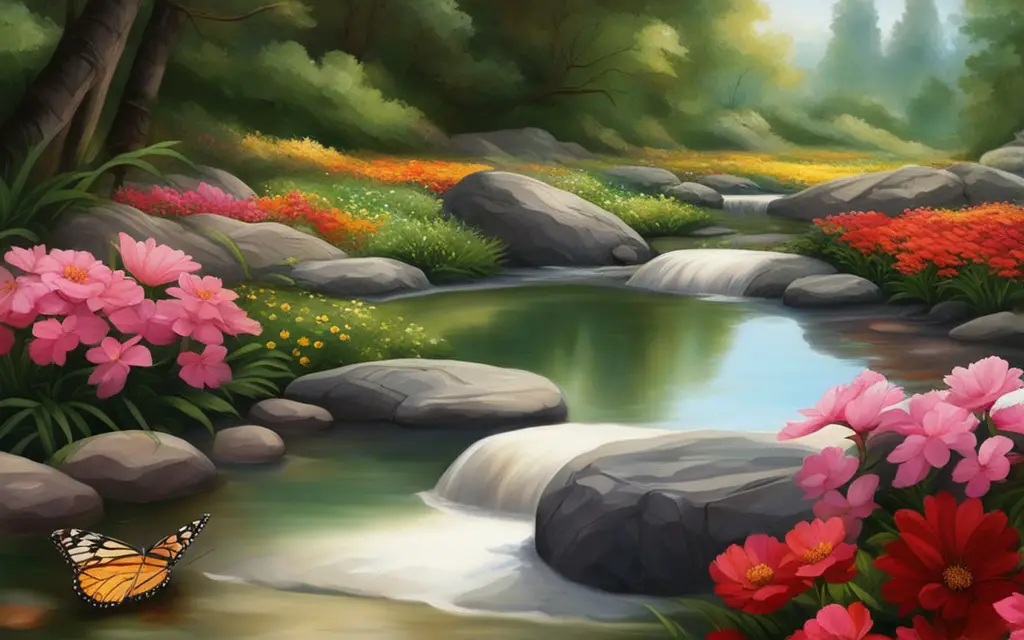
DIY Butterfly Puddling Station
A simple DIY project, making a puddling station involves creating a small area where butterflies can gather and drink nutrient-rich water. To begin, choose a shallow container or dig a small depression in your garden. Fill it with a mixture of sand, compost, and water to replicate the natural conditions butterflies seek.
| Materials Needed | Instructions |
|---|---|
| Shallow Container or Garden Space | Create a small or basin. |
| Sand | Fill the basin partially with sand. |
| Compost | Mix in compost to enrich the soil. |
| Water | Add water to keep the area moist but not flooded. |
Puddle Station Maintenance Tips
Maintaining butterfly puddling stations is key to keeping them appealing. Regularly check the moisture level and replenish the sand and compost mix as needed. Ensure the station remains free of debris and is enriched with minerals to continuously attract butterflies naturally. This upkeep contributes significantly to a vibrant and functional butterfly garden.
Provide Water Features
Adding water features can greatly enhance your backyard wildlife habitat, particularly for hummingbirds and butterflies. These creatures are drawn to water for hydration, bathing, and even play.
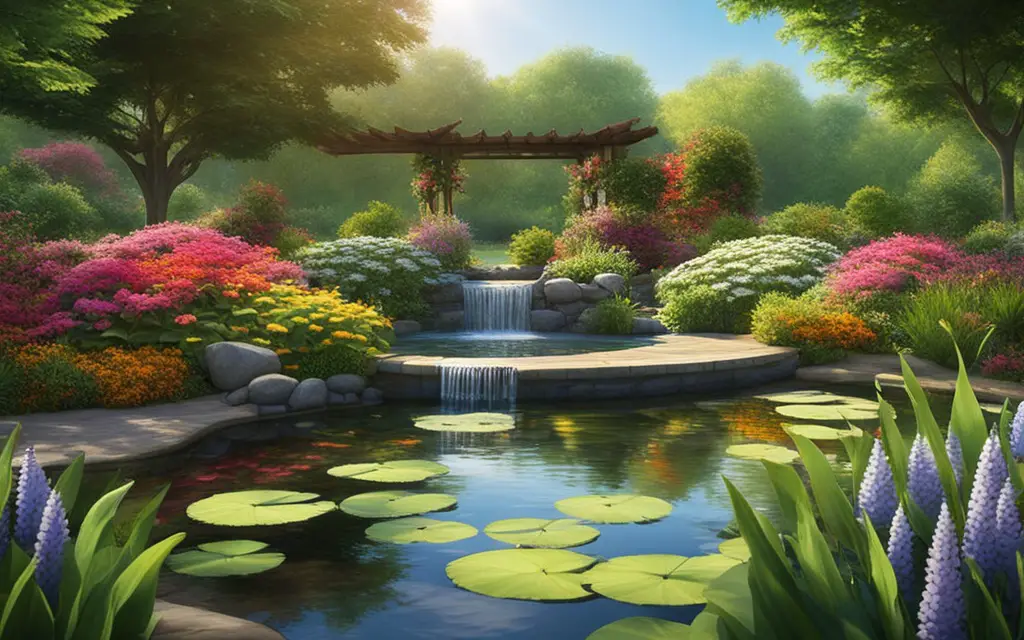
Adding Birdbaths or Fountains
Birdbaths and fountains are fantastic additions to any garden. They not only provide a crucial water source but also create an attractive focal point. These water features for butterflies ensure they have a place to drink and refresh. A shallow birdbath, no more than two inches deep, is ideal and should be placed near butterfly-friendly plants for maximum impact.
Solar-Powered Water Sprays
Integrating a solar-powered water spray into your garden can add movement and sound, which are both appealing to pollinators. Hummingbirds, in particular, love the fine mist created by these devices. This simple addition can transform your garden into a vibrant, dynamic environment, reinforcing your efforts to create a backyard wildlife habitat.
10 Actual Ways to Attract Hummingbirds and Butterflies
- Plant a pollinator garden with a variety of colorful, flowering plants that bloom throughout the season.
- Provide nectar sources by setting out hummingbird feeders and creating butterfly puddling stations.
- Offer shelter by planting trees, shrubs, and tall perennials. You can also add butterfly houses.
- Keep water available with a shallow birdbath, small pond, or even a small fountain.
- Minimize pesticide use to avoid harming beneficial insects.
- Let some things go wild to provide habitat for butterflies to lay eggs and raise young.
- Group your plants in large masses for better visual impact.
- Choose native plants whenever possible.
- Be patient – it may take some time for hummingbirds and butterflies to discover your garden.
- Enjoy the show!
Attracting hummingbirds and butterflies to my garden became a delightful project with just a few strategic steps. One significant approach is selecting native and nectar-rich flowers, which are essential for providing these pollinators with the nutrition they need. Some of my favorite choices include honeysuckle and trumpet creeper. Ensuring variety ensures continual blooming, keeping the garden inviting through different seasons—a key piece of advice from various butterfly garden tips.
Maintaining clean hummingbird feeders is another crucial aspect. Homemade nectar from a mix of white sugar and water works best, and I regularly clean feeders to prevent mold. This cleanliness helps in attracting and retaining hummingbirds and butterflies. Additionally, creating butterfly puddling stations in the garden provides them with necessary minerals, enhancing their overall health.
The strategic placement of feeders and using bright colors to lure these beautiful creatures can’t be overstressed. I ensure open spaces for easy navigation and add water features like birdbaths and fountains. These elements not only attract hummingbirds and butterflies but also bring life to the garden. Patience is key, as over time, these enchanting creatures become familiar with the environment I’ve created specifically for them.
Here’s a quick table summarizing some of the most effective tips for attracting hummingbirds and butterflies:
| Method | Description |
|---|---|
| Plant Native Flowers | Choose varieties like honeysuckle and trumpet creeper that provide natural nectar and shelter. |
| Use Clean Feeders | Homemade nectar and regular cleaning prevent mold, ensuring a safe feeding environment. |
| Butterfly Puddling Stations | Provide essential minerals by creating shallow depressions filled with sand, compost, and water. |
| Install Water Features | Add birdbaths or fountains to cater to their hydration and bathing needs. |
| Strategic Placement | Place feeders and plants in open spaces for easy navigation and visibility. |
Incorporating these tips for attracting hummingbirds and butterflies makes my garden a haven for these delightful creatures, bringing both beauty and environmental benefits. Patience, observance, and the right selection of plants are the cornerstones of successfully transforming any yard into a pollinator paradise.
Design Your Garden for Visibility
When designing a garden to attract butterflies and hummingbirds, visibility is key. By strategically placing plants and feeders, you can create an environment that not only appeals to these pollinators but also allows you to enjoy watching them up close.
Strategic Placement of Plants and Feeders
Creating a butterfly garden involves more than just planting flowers. You need to think about the layout to ensure both you and the butterflies get the most out of the space. Place taller plants at the back and shorter plants in front to maintain clear sightlines. For hummingbirds, situate feeders near flowers but spaced apart enough to reduce territorial disputes. A well-planned layout will help you attract butterflies to small spaces and create a wildlife-friendly gardening experience.
Utilizing Garden Space Efficiently
Don’t let limited space deter you from creating a butterfly-friendly garden. Even small areas like balconies can be effective. Opt for a mix of nectar-rich plants and leafy shrubs, which offer both food and shelter. Utilize vertical space with hanging baskets or tiered plant stands. This approach helps in creating a butterfly garden that is both compact and vibrant, encouraging a thriving wildlife-friendly gardening ecosystem.
| Garden Element | Purpose | Implementation Tip |
|---|---|---|
| Flower Beds | Provide nectar and beauty | Curved layouts enhance visibility |
| Feeders | Supplement nectar sources | Place near flowers for easy discovery |
| Perches | Resting spots for hummingbirds | Include small trees and shrubs |
| Vertical Planting | Maximize small spaces | Use hanging baskets and plant stands |
By considering visibility and utilizing space efficiently, you can transform any garden into a vibrant sanctuary for butterflies and hummingbirds. Happy gardening!
Ensure Continuous Blooming
Ensuring your garden attracts hummingbirds and butterflies year-round requires a strategic selection of plant varieties that bloom at different times throughout the seasons. This approach guarantees a constant supply of nectar for these delightful pollinators, regardless of the calendar month. By incorporating a mix of perennials and annuals, you create a seamless transition of food sources that can keep your garden vibrant and inviting all year long.
Plants for All Seasons
Choosing plants that bloom in different seasons is essential to sustaining a year-round pollinator garden. For instance, early bloomers like crocus and daffodils can provide the first nectar of spring, while summer favorites such as bee balm and lupine can keep the garden lively during the warmer months. As fall approaches, asters and sedums continue to offer nectar before the winter chill. This staggered blooming ensures that hummingbirds and butterflies always find something appealing, no matter the time of year.
Companion Planting for Year-Round Bloom
Companion planting not only enhances the visual appeal of your garden but also maximizes its ecological benefits by fostering mutual growth and protection among different plant species. For instance, planting citrus plants alongside weigela can provide blossoms throughout the year, creating a perpetual oasis for pollinators. This method helps create a low-maintenance pollinator garden that is both sustainable and incredibly rewarding. By thoughtfully combining plants with various blooming periods, you can ensure that your garden remains a thriving habitat for hummingbirds and butterflies all year round.
FAQ
What types of flowers attract hummingbirds?
Why are native plants important for attracting pollinators?
How can I make homemade nectar for hummingbird feeders?
How should I maintain hummingbird feeders?
What are some native plants that attract butterflies?
What is a butterfly puddling station, and how can I make one?
Why should I use solar-powered water features in my garden?
How can I ensure a year-round blooming garden for pollinators?
What are some strategic tips for placing plants and feeders in my garden?
How can I utilize small garden spaces to attract pollinators?
Source Links
- https://www.birdsandblooms.com/birding/attracting-hummingbirds/tips-attracting-hummingbirds/
- https://www.blessthismessplease.com/little-known-ways-to-attract-hummingbirds-to-your-garden/
- https://www.reddit.com/r/hummingbirds/comments/1c4x12x/how_to_attract_hummingbirds/

My name is Shane Warren, the author behind Your Bird Buddy – your ultimate guide to the wonderful world of birds! Unleash your inner avian explorer as we delve into a vibrant library of knowledge dedicated to all things feathered. From learning about diverse bird species from across the globe to understanding their captivating habitats and behaviors, I’m here to fuel your passion for these magnificent creatures. Not only that, but I also provide valuable insights on being a responsible and informed pet bird owner. Join our vibrant community and let’s celebrate the feathered wonders of the world together – one chirp at a time. And be sure to join our Your Bird Buddy Community over on Facebook!

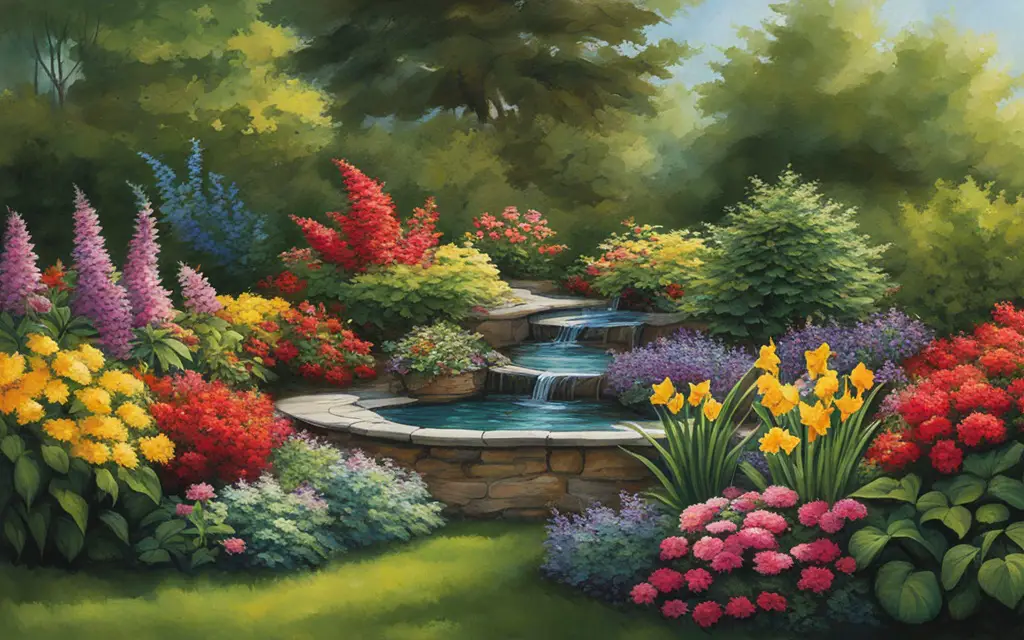
Comments are closed